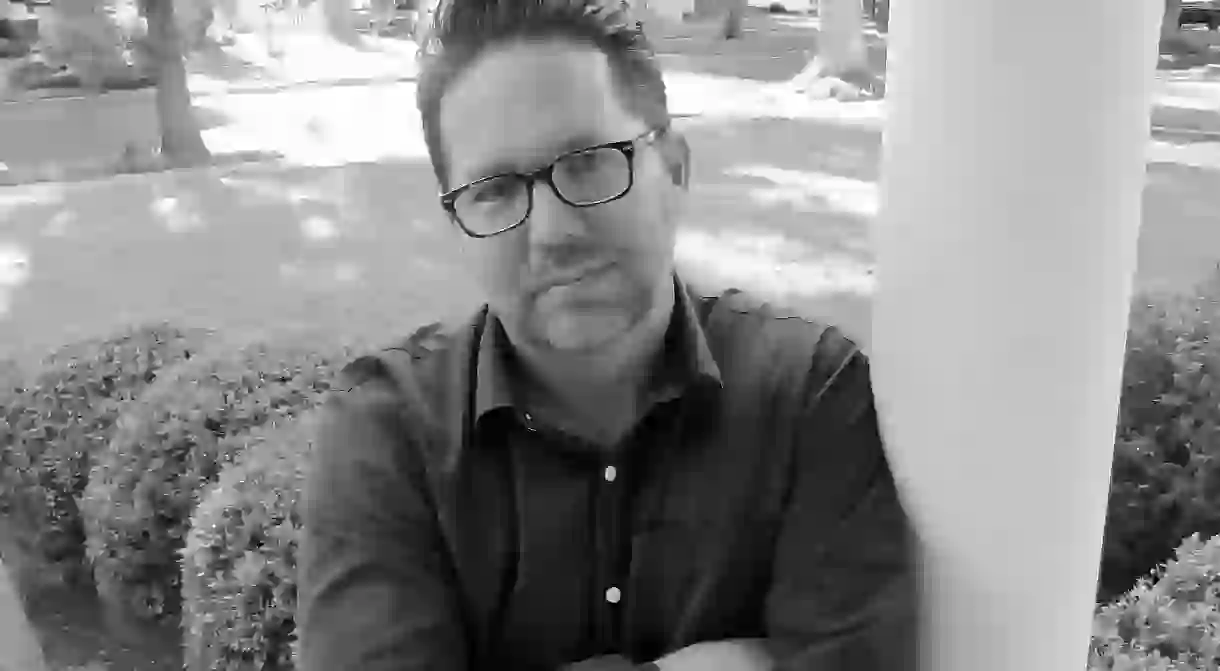Brandon Hobson On Gender Identity and the Future of Native Literature

Brandon Hobson talks to Culture Trip about his book Where the Dead Sit Talking and the intimate struggles of writing about personal concerns through fiction.
Brandon Hobson’s book Where the Dead Sit Talking follows Sequoyah, a half-Cherokee boy who is placed in foster care with a white family. Sequoyah’s story is a coming-of-age tale told with clarity and honesty – one that speaks to Hobson’s own heritage as an enrolled member of the Cherokee Nation Tribe of Oklahoma. The Cherokee originally lived in what is now the southeastern United States. Following the Indian Removal Act of 1830, the United States Army forced the Cherokee from their homeland to Mississippi and Oklahoma in a deadly march that is now known as the Trail of Tears. This history of displacement is just one of the themes Hobson explores in his novel.

Brandon Hobson: The displacement is a big question. The whole idea of “What is my home?” was a starting place for me. In terms of the Cherokee, with the Trail of Tears, that question has always intrigued me. Where is home? I think that native youth – in fact, all youth, especially in foster care – deal with this question of: “Is this my home? And if so, for how long until I’m removed and I’m placed somewhere?” There is this feeling of uncertainty and isolation with that.
CT: So much of being a teenager, in and of itself, is about figuring out where you fit into the world and when you add any complicating factor, like Native identity or being in the foster-care system, that question becomes more difficult.
BH: And for Sequoyah, not only is he dealing with Native identity, but he is also dealing with gender identity. That was a question I wanted to explore too. Of course, it is set in ’89. I think I would argue that now, it is not that unusual for a teenage boy to wear eyeliner, for example, in a high school, with the exception of maybe a small country high school. But in 1989? That was something that Sequoyah is exploring and trying to figure out. Not only is he part Cherokee, but he is also a bit androgynous.
CT: I am also interested in the eyeliner as the symbol because I think of the late ’80s and I think of David Bowie, and the ways we were having conversations at that point about gender and pop culture.
BH: I am very interested in pop culture. There is a little bit in the book about that sort of ’80s culture. George [Sequoyah’s autistic foster brother] has memorized lyrics or band names; I think that is a big part of the ’80s. You mentioned David Bowie, and you look at a lot of new-wave bands, that’s what it’s all about. And Rosemary [Sequoyah’s foster sister] has a poster of The Cure’s Robert Smith. She is really interested in that culture. Of course, I am too. It is one of the reasons I wrote about it.

CT: I would hope. Speaking of writing about things you are interested in, what was your experience writing this time around, compared with your previous work?
BH: Well, so much of it I think was much more personal to me. It’s much more [rooted] in the people I know and in the area I know. In my other book [Desolation of Avenues Untold], I was really pushing away from that. I wrote about Texas; the characters did not necessarily have anything to do with my identity or my race. [Where the Dead Sit Talking] is a lot more personal for me. I’m writing right now; I am continuing that interest in my Native culture and in Oklahoma.
CT: Speaking of your Native culture, what has been your experience of how people interact with your work? What baggage are people bringing in their own preconceived notions of what it means to be Native, and specifically Cherokee?
BH: Part of it is that I want people to just see the culture of Natives as just regular people, living regular lives. A lot of people who are less familiar with the culture think they all live on reservations. In Oklahoma, most Indian land, with the exception of the Osage County, is not called the reservation. It is just called “Indian land,” owned by different tribes. There are more Indian tribes in the state of Oklahoma than [in] any other state. But it is just regular people living regular lives. They are not doing anything magical or spiritual out there. There are pow-wows and there are what are called “sweats” that you can go to. Those are more of a celebration of heritage and culture. I didn’t have any mention of reservation life in this book. There is Indian foster care, but I wanted to show that Native foster youth are mixed in with white foster parents. Just wanting to show [that] these are people living regular lives, despite their circumstances.
I hope that the book gets more attention. [Apache/Chickasaw/Cherokee writer] Erika Wurth and I were talking and we want the community of Native writers, or writers who consider themselves writing about Native communities, for all of us to be helping each other. So the Sherman Alexie [Native author accused of sexual harassment] replacement is Tommy Orange [author of There There] but we don’t want that to happen; we want a wider…
CT: A wider breadth?
BH: Absolutely, that we are all part of. Hopefully, the literary world doesn’t just see one [Native author], but a wide range.













